Home>Furniture & Design>Interior Design Trends>When Is A Simple Magnifying Glass Used Properly
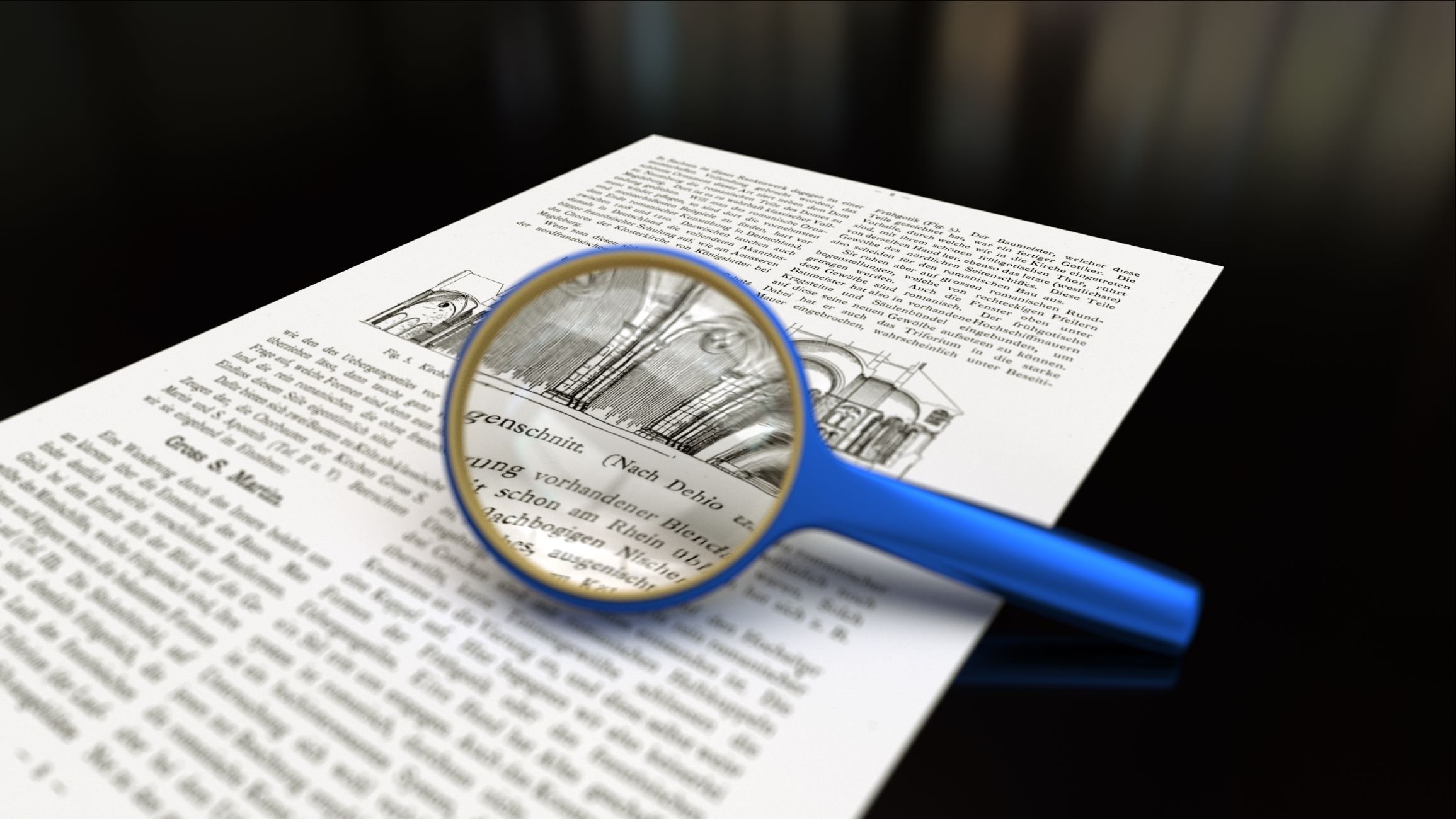

Interior Design Trends
When Is A Simple Magnifying Glass Used Properly
Published: February 3, 2024
Discover the latest interior design trends and learn when to use a simple magnifying glass properly. Stay updated with the latest trends in interior design.
(Many of the links in this article redirect to a specific reviewed product. Your purchase of these products through affiliate links helps to generate commission for Storables.com, at no extra cost. Learn more)
Introduction
The simple magnifying glass, a timeless tool that has fascinated curious minds for centuries, holds the power to unveil intricate details and hidden beauty in the world around us. From examining delicate engravings on ancient artifacts to scrutinizing the delicate veins of a leaf, the simple magnifying glass serves as a gateway to a mesmerizing realm of magnified wonders.
In this article, we will delve into the art of using a simple magnifying glass properly, exploring the nuances of lighting, distance, and suitable objects for magnification. By mastering these fundamental principles, you can unlock a world of captivating details and gain a newfound appreciation for the intricacies of everyday objects.
So, grab your trusty magnifying glass and prepare to embark on a journey of discovery and fascination as we unravel the secrets of using this humble yet powerful tool to its full potential.
Key Takeaways:
- Unveil hidden beauty: A simple magnifying glass reveals intricate details of everyday objects. Proper lighting, distance, and suitable objects are key to unlocking a world of captivating wonders.
- Explore diverse objects: From leaves to coins, a magnifying glass unveils hidden marvels. Embrace curiosity and wonder as you discover the extraordinary in the ordinary.
Read more: How To Use A Magnifying Glass
Understanding the Simple Magnifying Glass
The simple magnifying glass, also known as a hand lens, is a remarkable device that harnesses the principles of optics to enlarge and enhance the visual perception of objects. It consists of a single convex lens, typically made of glass or plastic, that curves outward, converging light rays to produce a magnified image. This ingenious design allows for a closer examination of minute details that may elude the naked eye.
The magnifying glass operates on the basic principle of refraction, where light rays passing through the convex lens converge to form a focused image. This process magnifies the object being observed, revealing intricate details that might otherwise go unnoticed. The magnification power of a simple magnifying glass is determined by the curvature of the lens and its focal length, with higher curvature and shorter focal length resulting in greater magnification.
When using a simple magnifying glass, it is essential to hold it at the correct distance from the object to achieve optimal magnification. Placing the object within the focal length of the lens allows the light rays to converge effectively, producing a clear and enlarged image. Additionally, understanding the focal point of the magnifying glass is crucial for obtaining the best results, as it dictates the distance at which the object should be positioned for maximum magnification.
Furthermore, the size of the magnified image and the field of view are influenced by the diameter of the lens. A larger lens diameter permits more light to enter, resulting in a brighter and more expansive view of the object. This aspect is particularly advantageous when examining intricate details or conducting precise inspections.
In essence, the simple magnifying glass serves as a gateway to a captivating world of magnified wonders, offering a glimpse into the intricate beauty of the microcosmos. By comprehending the fundamental principles of its design and operation, one can fully appreciate the transformative power of this unassuming yet extraordinary tool.
Proper Lighting Conditions
Proper lighting is paramount when using a simple magnifying glass to ensure optimal clarity and detail in the magnified image. Adequate illumination not only enhances visibility but also plays a crucial role in minimizing distortions and shadows, allowing for a more accurate and comprehensive examination of the object.
When utilizing a simple magnifying glass, it is advisable to position the object being observed under a direct and consistent source of light. Natural daylight is often the preferred choice, as it provides a balanced spectrum of light that faithfully represents the true colors and textures of the object. If natural light is unavailable, artificial lighting with a color temperature resembling daylight can be employed to achieve similar results.
Avoiding harsh glare and reflections is essential to prevent visual discomfort and maintain a clear view of the magnified object. Positioning the light source at an angle that minimizes glare and shadows is crucial for creating an evenly illuminated field of view. Additionally, utilizing diffused or indirect lighting can help mitigate harsh contrasts and ensure a more uniform distribution of light across the object.
Furthermore, the angle of incidence of the light plays a pivotal role in revealing surface textures and subtle details. By adjusting the angle of the light source relative to the object, one can accentuate fine textures, contours, and relief, thereby enriching the visual experience and enabling a more comprehensive analysis of the object's characteristics.
In certain scenarios, employing a supplementary light source, such as a small flashlight or a desk lamp with an adjustable arm, can provide targeted illumination to highlight specific areas of interest. This technique is particularly beneficial when examining intricate engravings, delicate textures, or minute features that require enhanced visibility.
By adhering to proper lighting practices, enthusiasts and professionals alike can harness the full potential of a simple magnifying glass, unlocking a world of mesmerizing details and hidden intricacies. The interplay of light and magnification converges to unveil a captivating realm of discovery, where even the most ordinary objects reveal extraordinary beauty under the focused gaze of a magnifying glass.
When using a simple magnifying glass, hold it close to the object you want to see magnified and adjust the distance until the object comes into focus. Keep the magnifying glass steady to get a clear view.
Correct Distance and Angle
Achieving the correct distance and angle when using a simple magnifying glass is pivotal in unlocking its full potential and unraveling the intricate details of the object under scrutiny. The interplay between distance and angle directly influences the quality of the magnified image, impacting clarity, focus, and the overall viewing experience.
When positioning the simple magnifying glass, maintaining the appropriate distance from the object is essential for optimal magnification. Placing the object within the focal length of the lens allows the light rays to converge effectively, resulting in a clear and enlarged image. The focal length of the lens dictates the distance at which the object should be positioned to achieve maximum magnification. Understanding this critical aspect ensures that the magnified image remains sharp and well-defined, enabling a comprehensive examination of the object's finer details.
Furthermore, the angle at which the magnifying glass is held in relation to the object significantly influences the viewing experience. Holding the magnifying glass perpendicular to the object's surface helps minimize distortions and aberrations, ensuring a more accurate representation of the object's features. This optimal angle allows for the effective convergence of light rays, resulting in a focused and undistorted magnified image. Additionally, maintaining a steady hand and a consistent angle while observing the object is crucial for sustained clarity and visual comfort, preventing unnecessary strain on the eyes and facilitating a seamless exploration of the object's intricacies.
Moreover, adjusting the angle of the magnifying glass relative to the light source can further enhance the viewing experience. By carefully aligning the angle of incidence of the light with the magnifying glass, one can accentuate specific details, textures, and contours, unveiling a wealth of hidden nuances and subtle characteristics. This deliberate manipulation of angles creates an interplay of light and shadow that enriches the visual narrative, offering a deeper understanding of the object's composition and structure.
In essence, mastering the correct distance and angle when using a simple magnifying glass is fundamental to unlocking a world of captivating details and hidden intricacies. By adhering to these principles, enthusiasts and professionals can embark on a journey of discovery, where even the most ordinary objects reveal extraordinary beauty under the focused gaze of a magnifying glass.
Suitable Objects for Magnification
The simple magnifying glass, with its ability to unveil intricate details and hidden beauty, is a versatile tool that can be employed to explore a diverse array of objects. Understanding the characteristics of suitable objects for magnification is essential for maximizing the potential of this remarkable tool and embarking on a captivating journey of discovery.
Natural specimens, such as leaves, flowers, and insects, offer a wealth of captivating details that come to life under the focused gaze of a magnifying glass. The delicate veins of a leaf, the intricate patterns of a flower petal, and the minute features of an insect's exoskeleton are transformed into mesmerizing landscapes of texture and form when magnified. By examining these natural specimens, enthusiasts can gain a deeper appreciation for the intricacies of the natural world, discovering a symphony of details that often elude casual observation.
In the realm of numismatics and philately, the simple magnifying glass serves as an indispensable tool for scrutinizing the fine details of coins, stamps, and banknotes. Numismatists can closely examine the intricate engravings, mint marks, and surface textures of coins, unraveling the historical narratives and artistic nuances encapsulated within these miniature masterpieces. Similarly, philatelists can delve into the minute details of stamps, exploring the precision of printing techniques, watermarks, and perforations that define the authenticity and rarity of these collectible artifacts.
Artisans and craftsmen also benefit from the magnifying prowess of a simple magnifying glass when inspecting intricate details of jewelry, gemstones, and fine craftsmanship. The tool enables a closer examination of gemstone facets, metalwork intricacies, and hallmark engravings, facilitating meticulous quality assessments and appraisals. By scrutinizing these objects under magnification, artisans can ensure precision in their work, while enthusiasts and collectors can appreciate the artistry and craftsmanship embedded within these miniature marvels.
Furthermore, the world of microscopy and scientific exploration embraces the simple magnifying glass as a gateway to the microcosmos. From examining microscopic organisms and cellular structures to scrutinizing forensic evidence and geological specimens, the magnifying glass offers a glimpse into a realm of scientific inquiry and discovery. Its portability and ease of use make it a valuable tool for field observations and educational pursuits, empowering enthusiasts of all ages to embark on a journey of scientific exploration and inquiry.
In essence, the simple magnifying glass transcends boundaries, offering a multifaceted lens through which the world's intricate details and hidden marvels can be revealed. By exploring a diverse range of suitable objects for magnification, enthusiasts and professionals alike can unlock a world of captivating details and gain a newfound appreciation for the intricacies of everyday objects.
Read more: How To Make A Magnifying Glass
Conclusion
In conclusion, the simple magnifying glass stands as a timeless tool that transcends generations, offering a gateway to a mesmerizing world of magnified wonders. By understanding the fundamental principles of its design and operation, enthusiasts and professionals can harness its transformative power to unravel captivating details and hidden intricacies.
Proper lighting conditions play a pivotal role in enhancing the clarity and visibility of magnified objects. By utilizing direct and consistent sources of light, minimizing glare and reflections, and adjusting the angle of incidence, individuals can unveil a wealth of details and textures, enriching the visual experience and enabling a more comprehensive examination of the object's characteristics.
Mastering the correct distance and angle when using a simple magnifying glass is fundamental to unlocking its full potential. By maintaining the appropriate distance from the object and holding the magnifying glass at an optimal angle, enthusiasts can ensure sustained clarity, focus, and visual comfort, allowing for a seamless exploration of the object's intricacies.
Furthermore, understanding the characteristics of suitable objects for magnification empowers individuals to embark on a captivating journey of discovery. From natural specimens and collectible artifacts to fine craftsmanship and scientific exploration, the simple magnifying glass unveils a diverse array of captivating details, offering a deeper appreciation for the intricacies of the world around us.
In essence, the simple magnifying glass serves as a multifaceted lens through which the world's intricate details and hidden marvels can be revealed. Its ability to transform the ordinary into the extraordinary, the minute into the magnificent, and the overlooked into the awe-inspiring makes it an indispensable tool for enthusiasts, professionals, and curious minds alike.
As we conclude our exploration of the art of using a simple magnifying glass properly, let us embrace the spirit of curiosity and wonder that this humble yet extraordinary tool embodies. Whether it's unraveling the delicate intricacies of a leaf, scrutinizing the fine details of a collectible coin, or delving into the microscopic realm of scientific inquiry, the simple magnifying glass invites us to embark on a journey of discovery, where even the smallest of details reveal extraordinary beauty under its focused gaze.
Frequently Asked Questions about When Is A Simple Magnifying Glass Used Properly
Was this page helpful?
At Storables.com, we guarantee accurate and reliable information. Our content, validated by Expert Board Contributors, is crafted following stringent Editorial Policies. We're committed to providing you with well-researched, expert-backed insights for all your informational needs.
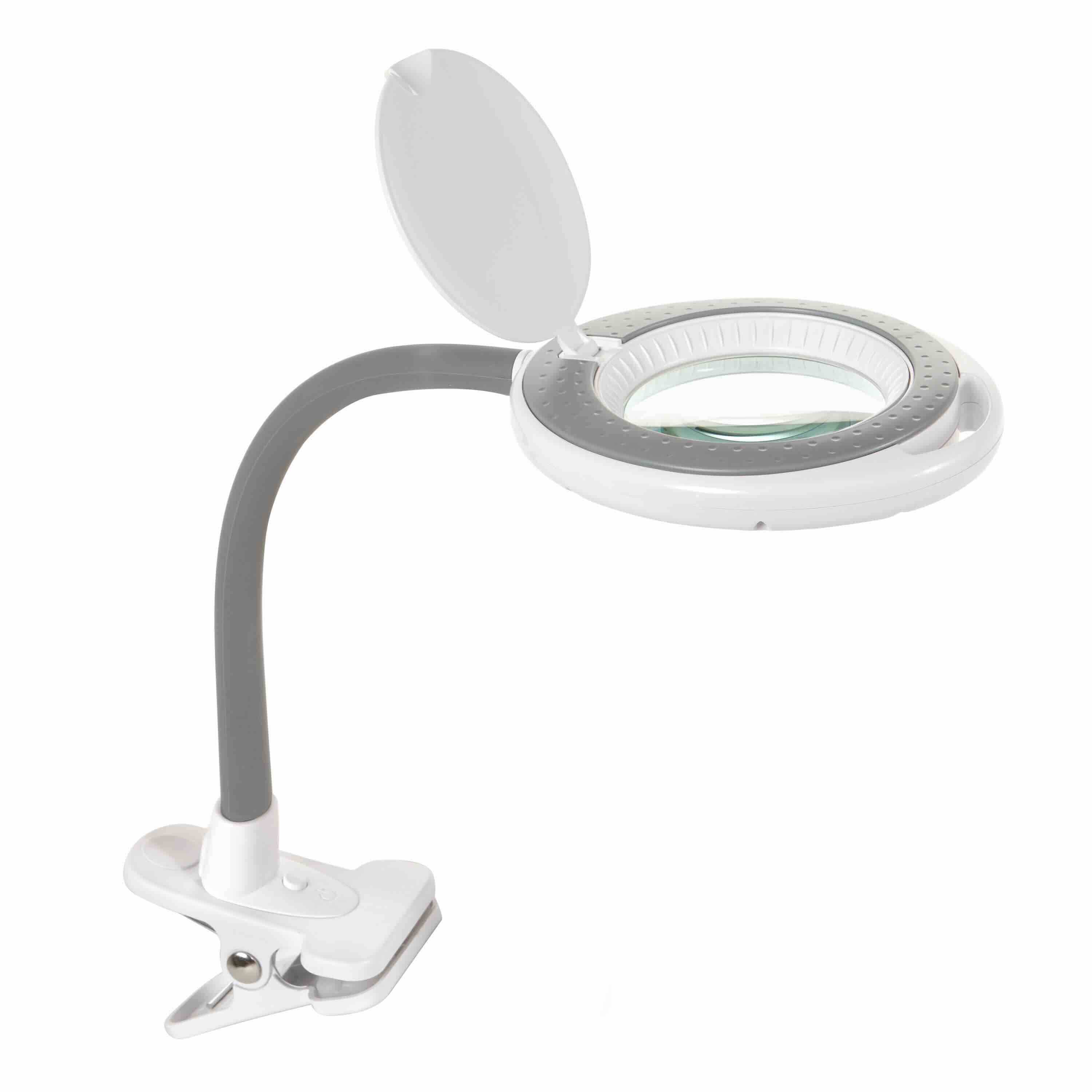

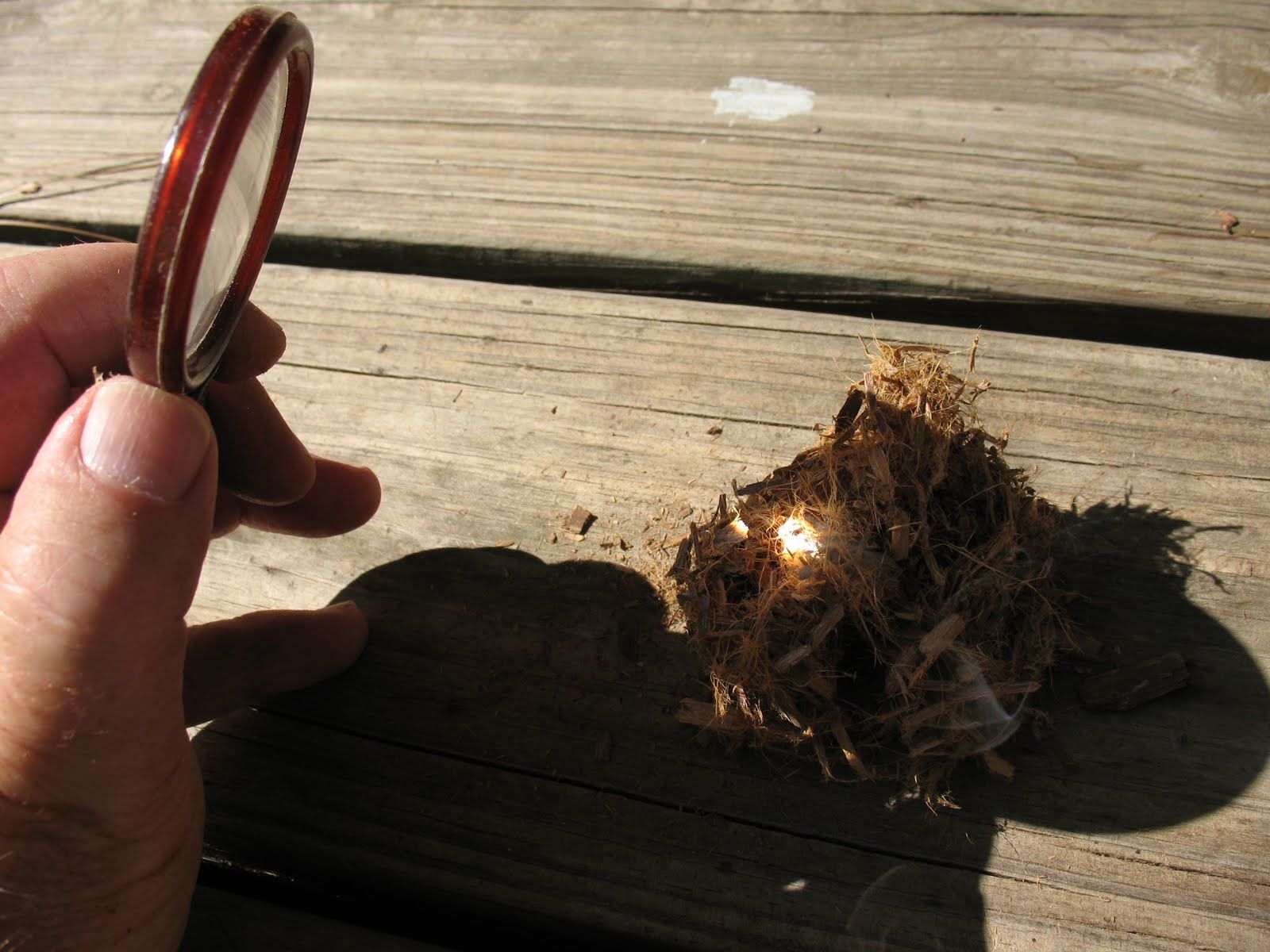
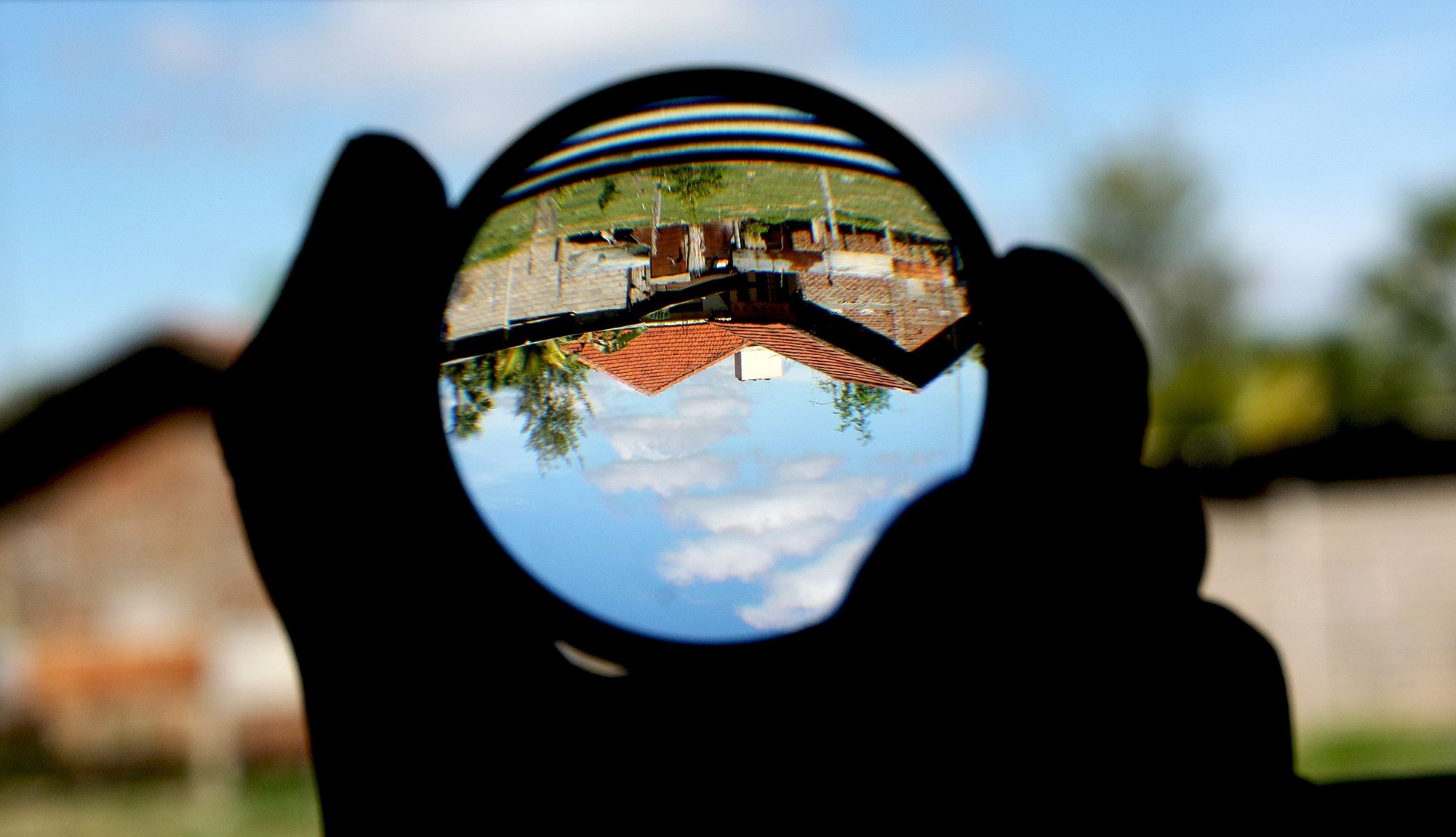
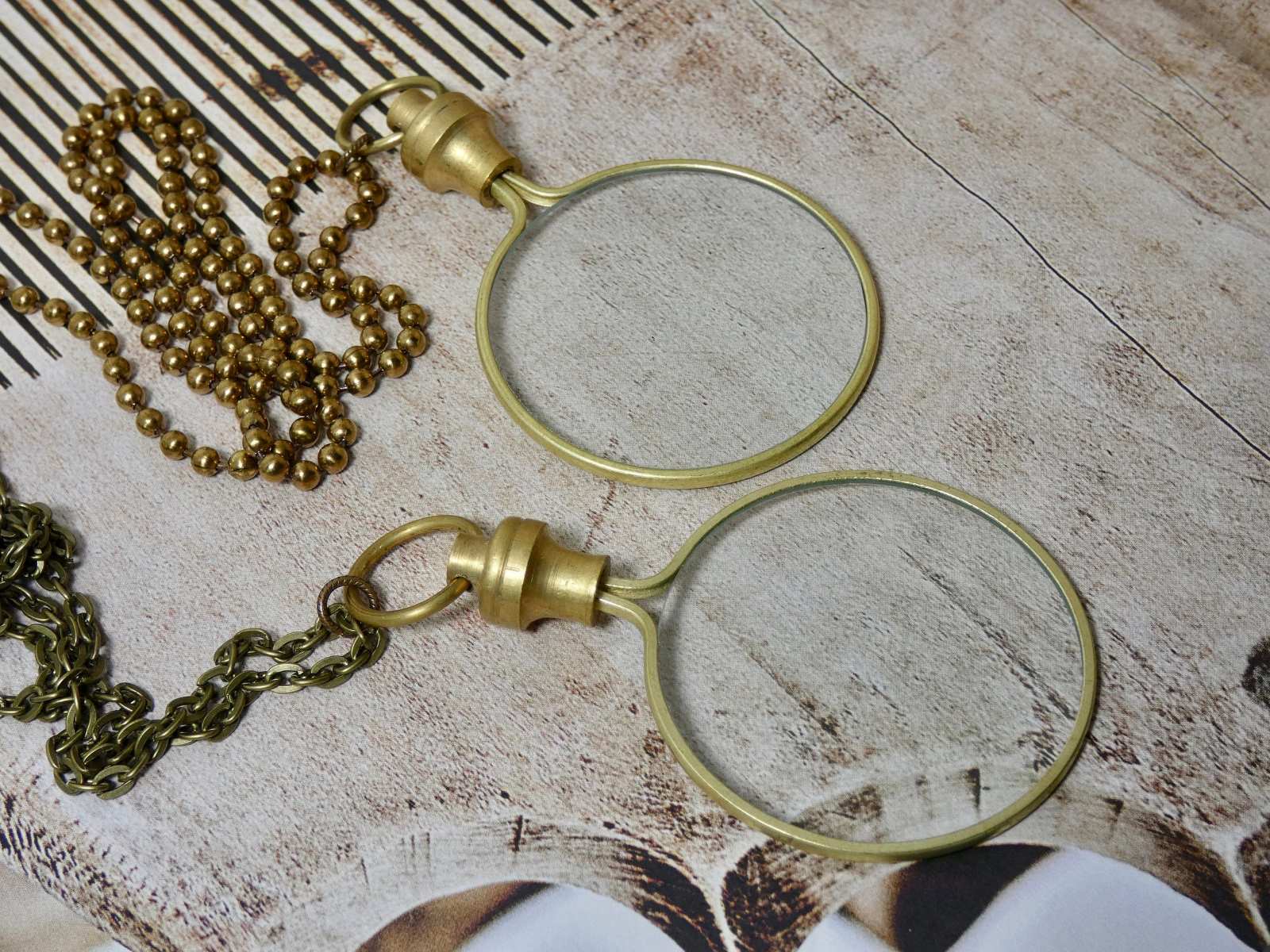


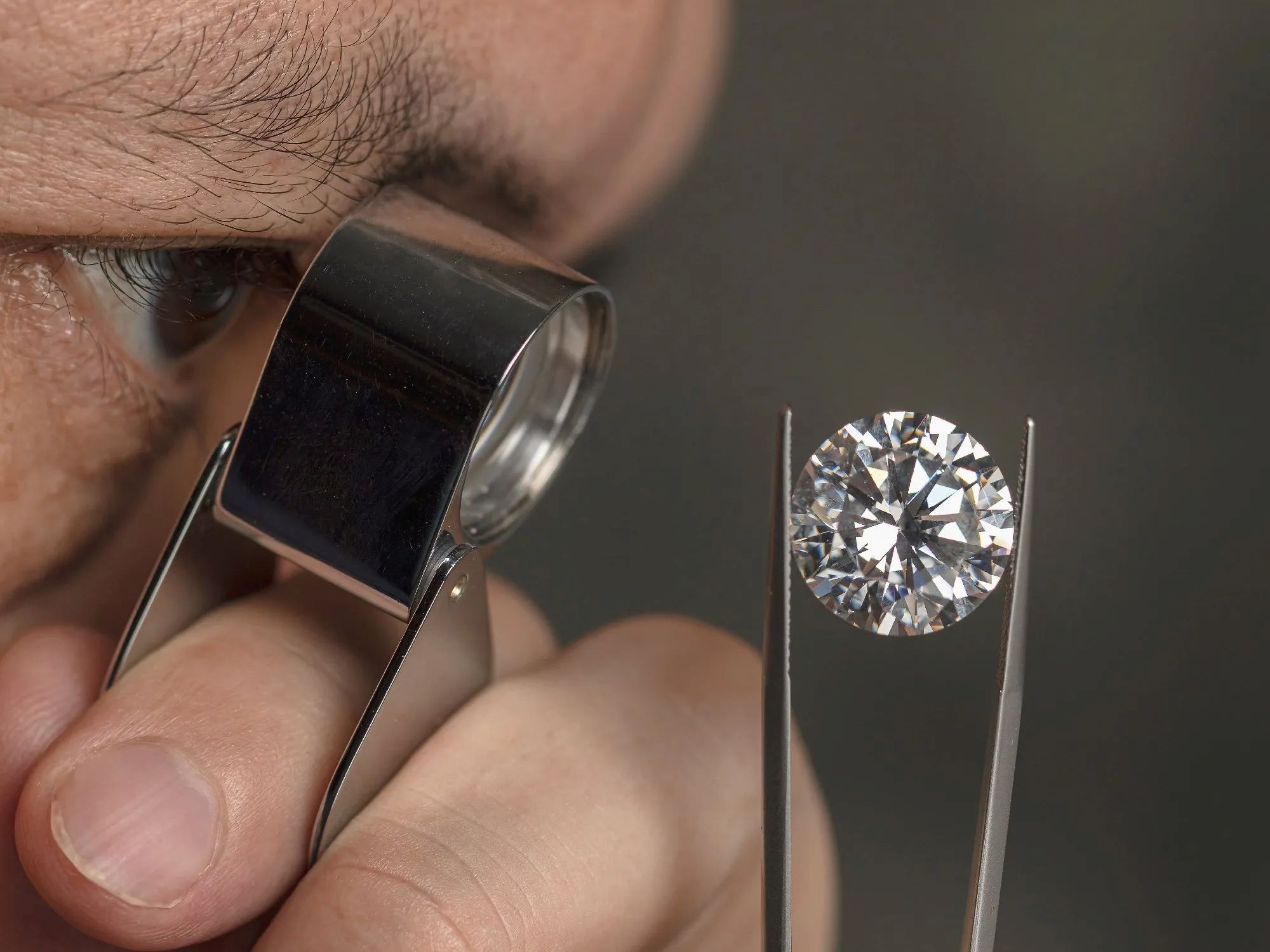
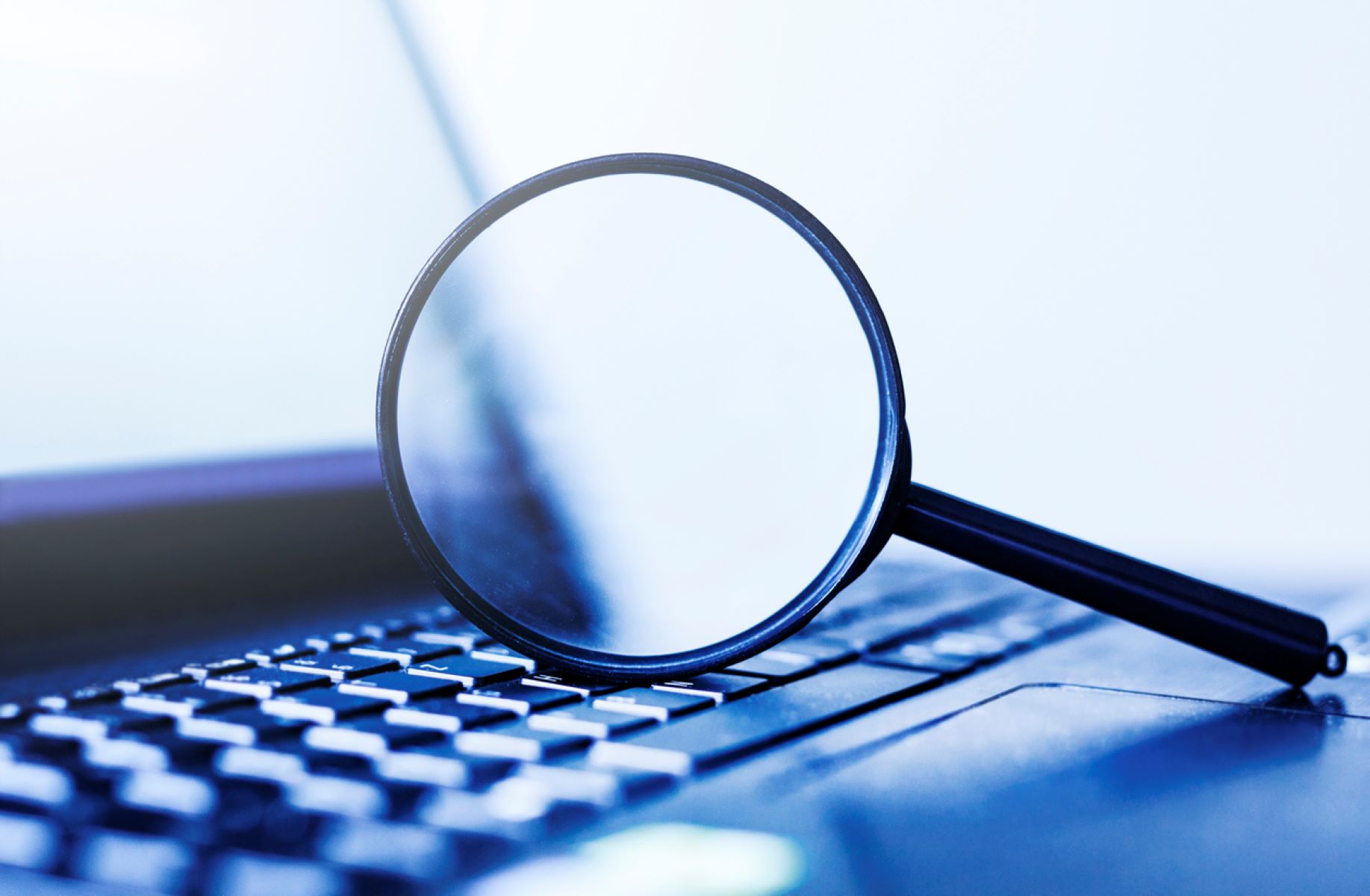
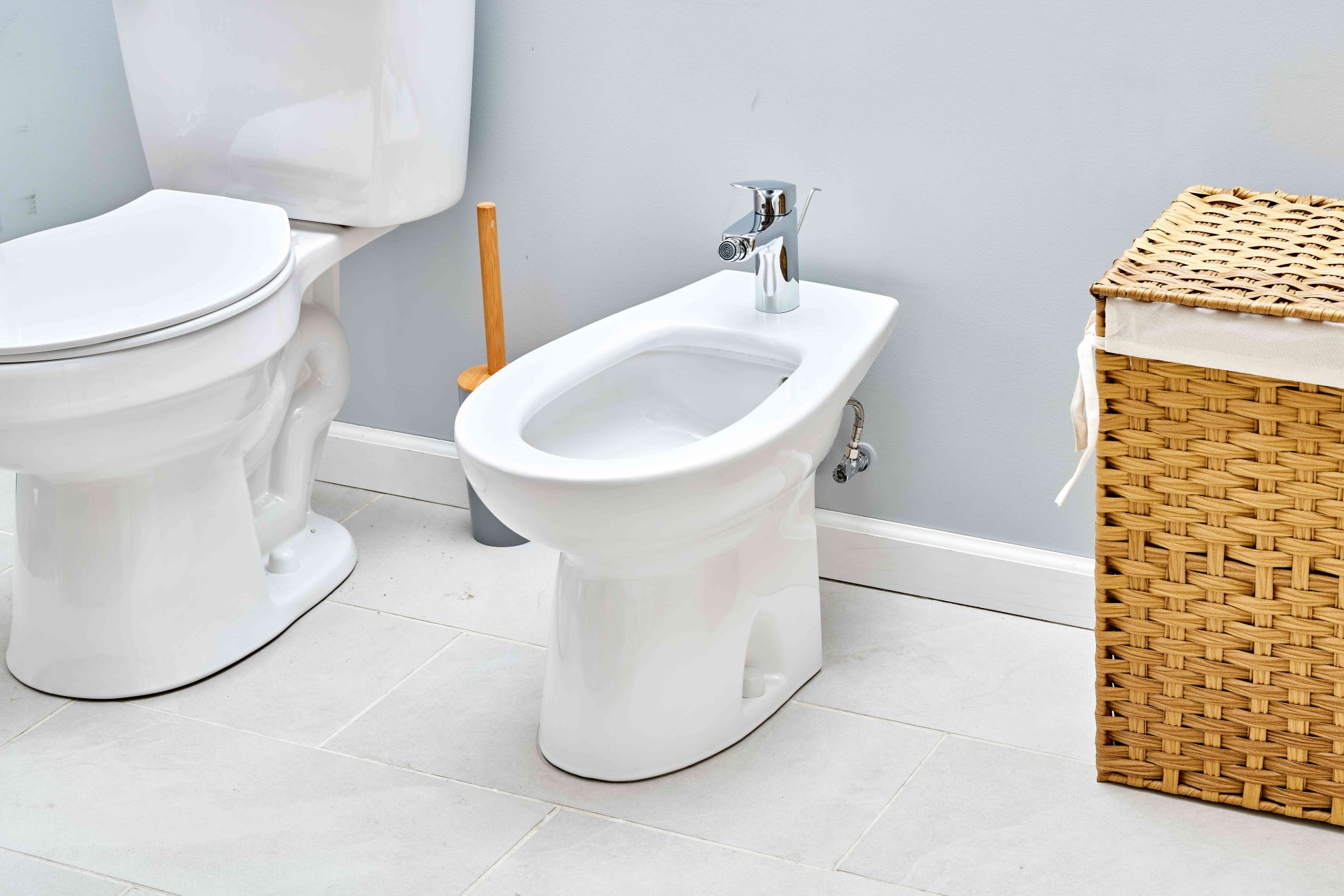

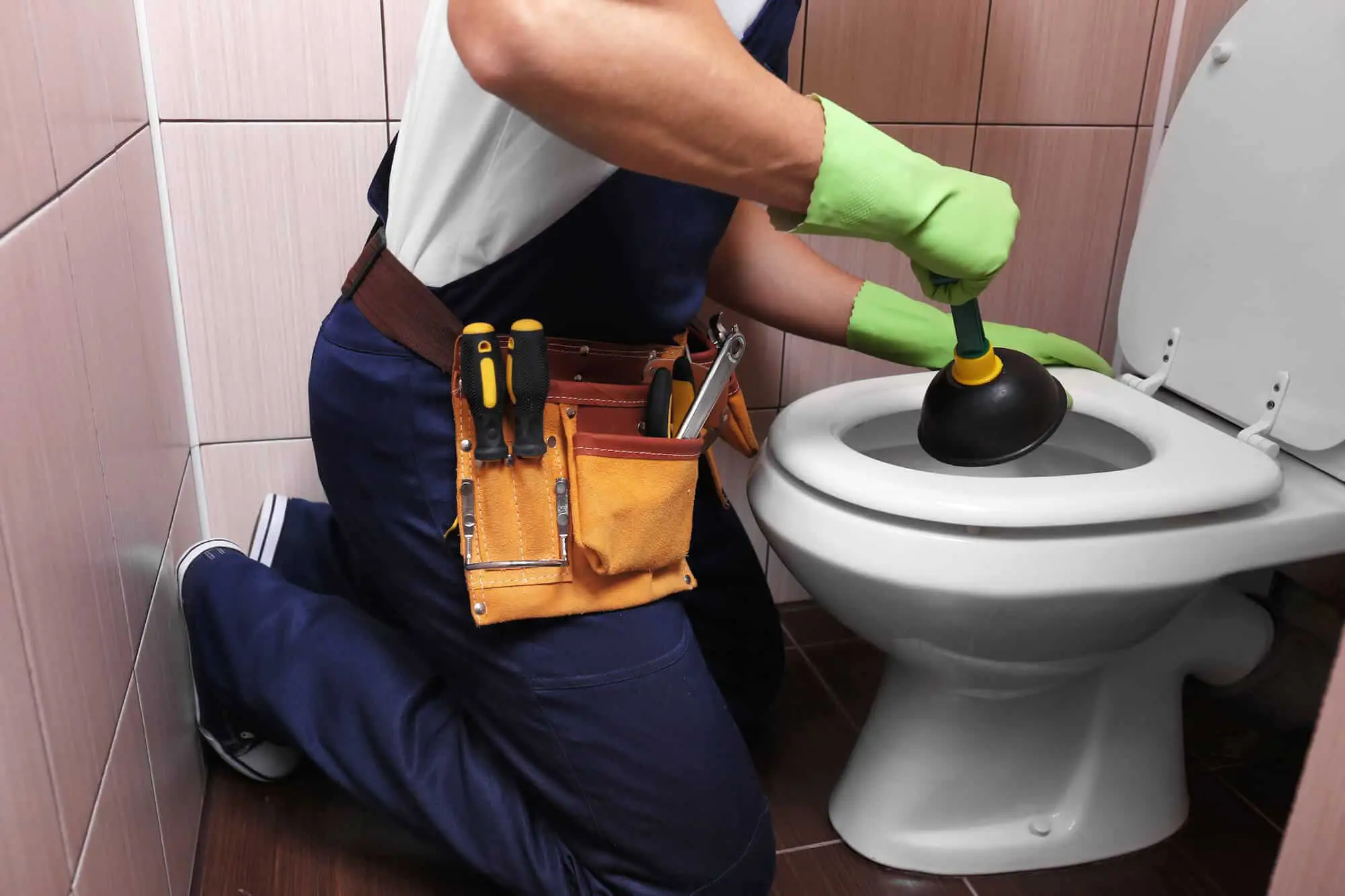

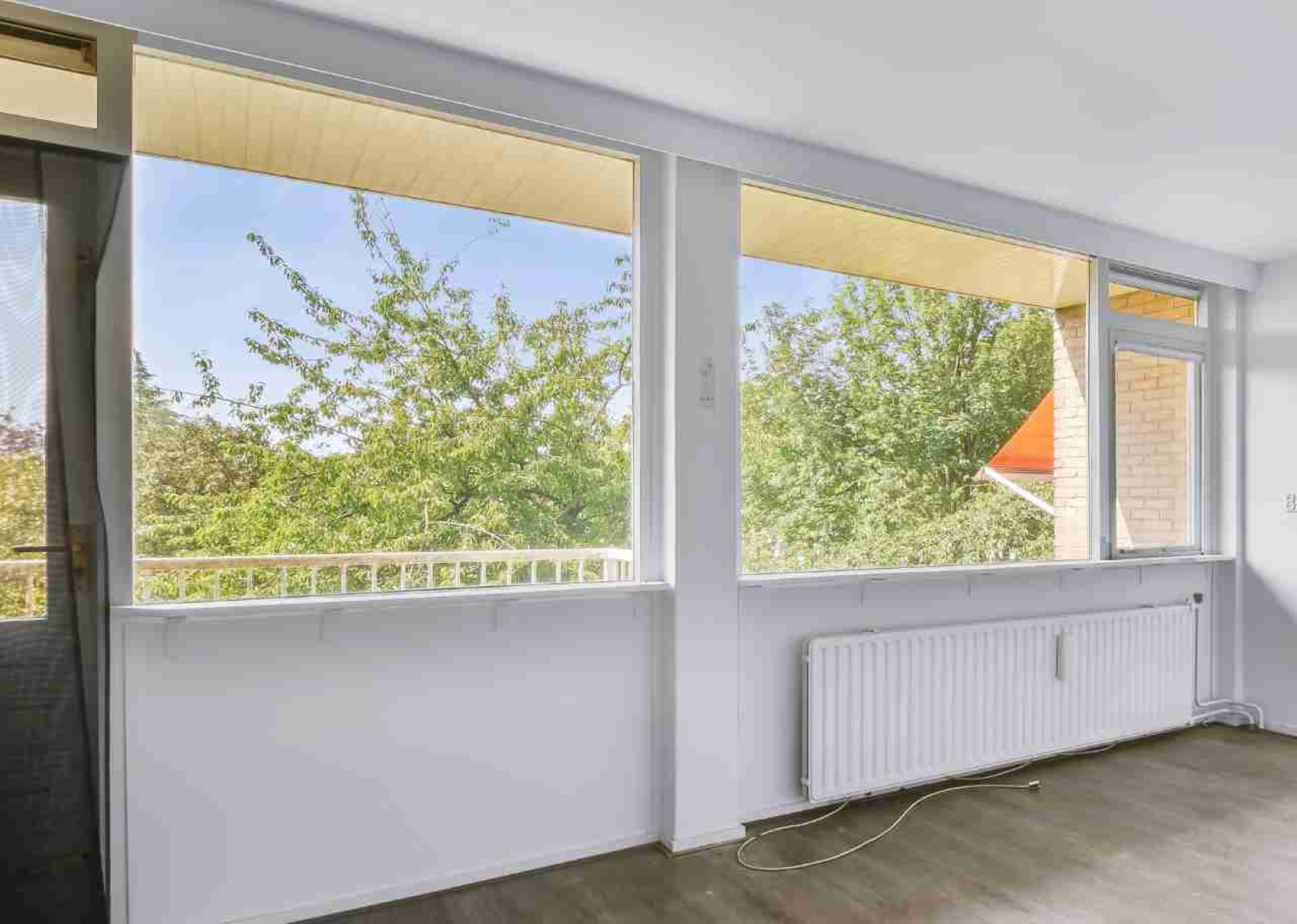

0 thoughts on “When Is A Simple Magnifying Glass Used Properly”